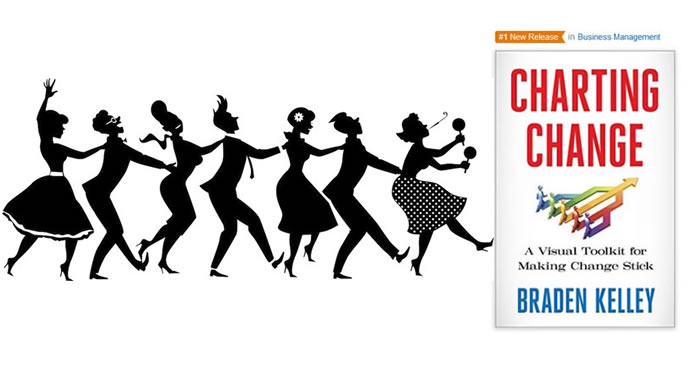But They Do Determine Your Success

GUEST POST from Robyn Bolton
The Official Story
When discussing innovation, you must be specific so people know what you expect. This is why so many thought leaders, consultants, and practitioners preach the importance of defining different types of innovation.
- Clayton Christensen encourages focusing on WHY innovation is happening – improve performance, improve efficiency, or create markets – in his 2014 HBR article.
- The classic Core/Adjacent/Transformational model focuses on WHAT is changing – target customer, offering, financial model, and resources and processes.
- McKinsey’s 3 Horizons focus on WHEN the results are achieved – this year, 2-3 years, 3-6 years.
It’s easy to get overwhelmed by the options and worry about which approach is “best.” But, like all frameworks, they’re all a little bit right and a little bit wrong, and the best one is the one that will be used and get results in your organization.
The REAL story
Everything in the official story is true, but not the whole truth.
“Innovation” is not peanut butter.
You can’t smear it all over everything and expect deliciousness.
When doing innovation, you must remember your customer – the executives who make decisions, allocate resources, and can accelerate or decimate your efforts.
More importantly, you need to remember their Jobs to be Done (JTBD) – keep my job, feel safe and respected, and be perceived as competent/a rising star – because these jobs define the innovations that will get to market.
Three (3) REAL types of innovation
SAFE – The delightful solution to decision-makers’ JTBD
Most closely aligned with Core innovation, improving performance or efficiency, and Horizon 1 because the focus is on improving what exists in a way that will generate revenue this year or next. Decision-makers feel confident because they’ve “been there and done that” (heck, doing “that” is probably what got them promoted in the first place). In fact, they’re more likely to get in trouble for NOT investing in these types of innovations than they are for investing in them.
STRETCH – The Good Enough solution
Most like Adjacent innovation because they allow decision-makers to keep one foot in the known while “stretching” their other foot into a new (to them) area. This type of innovation makes decision-makers nervous because they don’t have all the answers, but they feel like they at least know what questions to ask. Progress will require more data, and decisions will take longer than most intrapreneurs want. But eventually, enough time and resources (and ego/reputation) will be invested that, unless the team recommends killing it, the project will launch.
SPLATTER – The Terrible solution
No matter what you call them – transformational, radical, breakthrough, disruptive, or moonshots – these innovations make everyone’s eyes light up before reality kicks in and crushes our dreams. These innovations “define the next chapter of our business” and “disrupt ourselves before we’re disrupted.” These innovations also require decision-makers to let go of everything they know and wander entirely into the unknown. To invest resources in the hope of seeing the return (and reward) come back to their successor (or successor’s successor). To defend their decisions, their team, and themselves when things don’t go exactly as planned.
How to find the REAL type that will get real results.
- “You said you want X. Would you describe that for me?” (you may need to give examples). When I worked at Clayton Christensen’s firm, executives would always call and ask for our help to create a disruptive innovation. When I would explain what they were actually asking for (something with “good enough” performance and a low selling price that appeals to non-consumers), they would back away from the table, wave their hands, and say, “Oh, not that. We don’t want that.”
- “How much are you willing to risk?” If they’re willing to go to their boss to ask for resources, they’re willing to Stretch. If they’re willing to get fired, they’re willing to Splatter. If everything needs to stay within their signing authority, it’s all about staying Safe.
- “What would you need to see to risk more?” As an innovator, you’ll always want more freedom to push boundaries and feel confident that you can convince others to see things your way. But before you pitch Stretch to a boss that wants Safe, or Splatter to a boss barely willing to Stretch, learn what they need to change their minds. Maybe it will be worth your effort, maybe it won’t. Better to know sooner rather than later.
Image credits: Pixabay
![]() Sign up here to join 17,000+ leaders getting Human-Centered Change & Innovation Weekly delivered to their inbox every week.
Sign up here to join 17,000+ leaders getting Human-Centered Change & Innovation Weekly delivered to their inbox every week.



 Conventional marketing wisdom says that communities are a great way to connect with your target audience in an engaging and meaningful way. Typical justifications for building communities include:
Conventional marketing wisdom says that communities are a great way to connect with your target audience in an engaging and meaningful way. Typical justifications for building communities include: